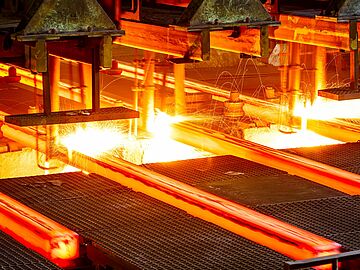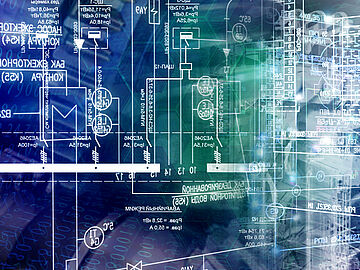Up-to-date technological components and processes comprise a multitude of sub-elements that interact and interrelate on multiple levels. For instance, low level control loops adjust the speed of transport rolls, the forces of hydraulic cylinders or the fuel rates for burners in furnaces. At the next level, sophisticated algorithms control the desired product quantities like temperature, strength, geometry, surface coating etc. One level further up, sequential processes are scheduled, plants are coordinated, and information from all levels is tracked for process optimisation and predictive maintenance.
Based on systems theory, we develop, research and enhance algorithms, methods, and tools which enable mastery over the complexity of these systems, particularly in the early stages of their lifecycle: design and modelling, simulation, and verification & validation. Understanding a given system is vital to successfully and efficiently implement a model-based design process.
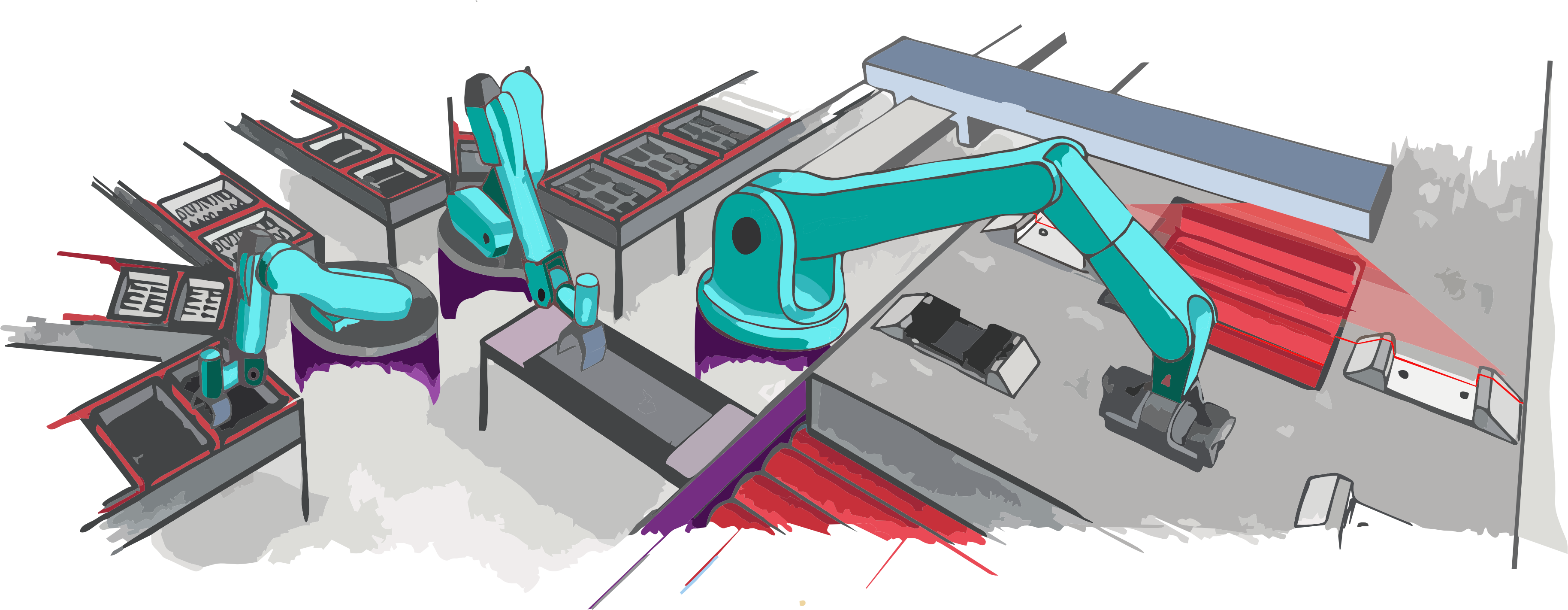
System
Analysis & Design
Performing thorough system analysis from an early stage is key to designing efficient, safe and reliable engineering applications. We identify and classify important aspects of any given system and its elements: the structure and hierarchy of the system components, their relations and interactions, boundaries and interfaces, dominant nonlinearities, as well as their dynamic behaviour and its relevant time scales. Furthermore, we assess deterministic or stochastic behaviour as well as sensitivities and uncertainties of parameters. This systematic breakdown allows us to specify verifiable system requirements whilst guaranteeing optimal performance and reliability budgets per element. By leveraging the concepts of model-based design, we develop methods and tools for a seamless integration of system analysis into the system design workflow. We also optimise designs with respect to selection and integration of sensors and actuators.
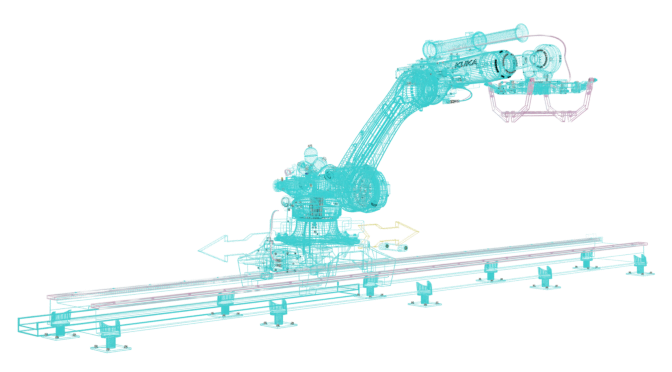
System Modelling
The fundamental backbone of highly innovative automation systems are mathematical models of the underlying system. Complex dynamical systems are characterised by challenging properties like nonlinearities, multiple-inputs-multiple-outputs coupling (MIMO), different time scales, transport delays, strong parameter variations, scarcity of measurements, and rough environmental conditions. We draw from previous experience with multi-physics modelling (analytical mechanics, fluid and thermodynamics, electrodynamics, etc.) to develop specifically tailored and unique, hybrid mathematical models. These allow us to combine physical first principles and data-driven methods to cover the qualitative and quantitative behaviour of the system. The models are based on partial or ordinary differential equations and are characterised by system-specific state variables, inputs and outputs, as well as model parameters.
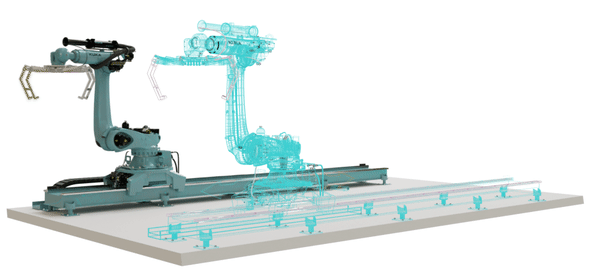
System Simulation
Mathematical models are the basis for real-time applications such as prediction, estimation and learning, as well as online optimisation and control. To accommodate these tasks, they must be executable several times faster than real-time. This motivates us to develop efficient algorithms using advanced numerical techniques for the spatial and temporal discretisation of the underlying differential equations, allowing us to solve the resulting system of equations while taking, e.g., different time scales or stiffnesses into account. To aid with system analysis, we construct simulation environments in, e.g., Matlab/Simulink, which can provide deep insight into the process, help with the identification of unknown model parameters, and provide a means for validation.
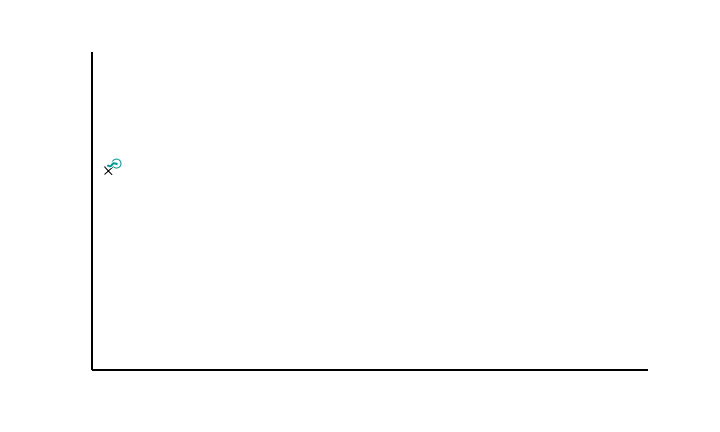
Identification &
Estimation
Most often, the data to parametrise or build a model are not readily available. To efficiently collect these data, we research novel strategies for Design of Experiment (DoE) of dynamical systems, taking into account input and output constraints, missing data in certain operating domains, and varying reliability of the data. With these data, we identify model parameters using machine learning and optimisation techniques.
Typically, only a few system variables can be measured. Additional information is required to realise advanced automation solutions. For this, we develop and combine observer, soft sensors, and parameter identification algorithms for online state and parameter estimation, incorporating mathematical models and all available measurements. This enables us to design intelligent solutions which allow predictive maintenance, prediction and learning, advanced process visualisation, as well as fault detection.
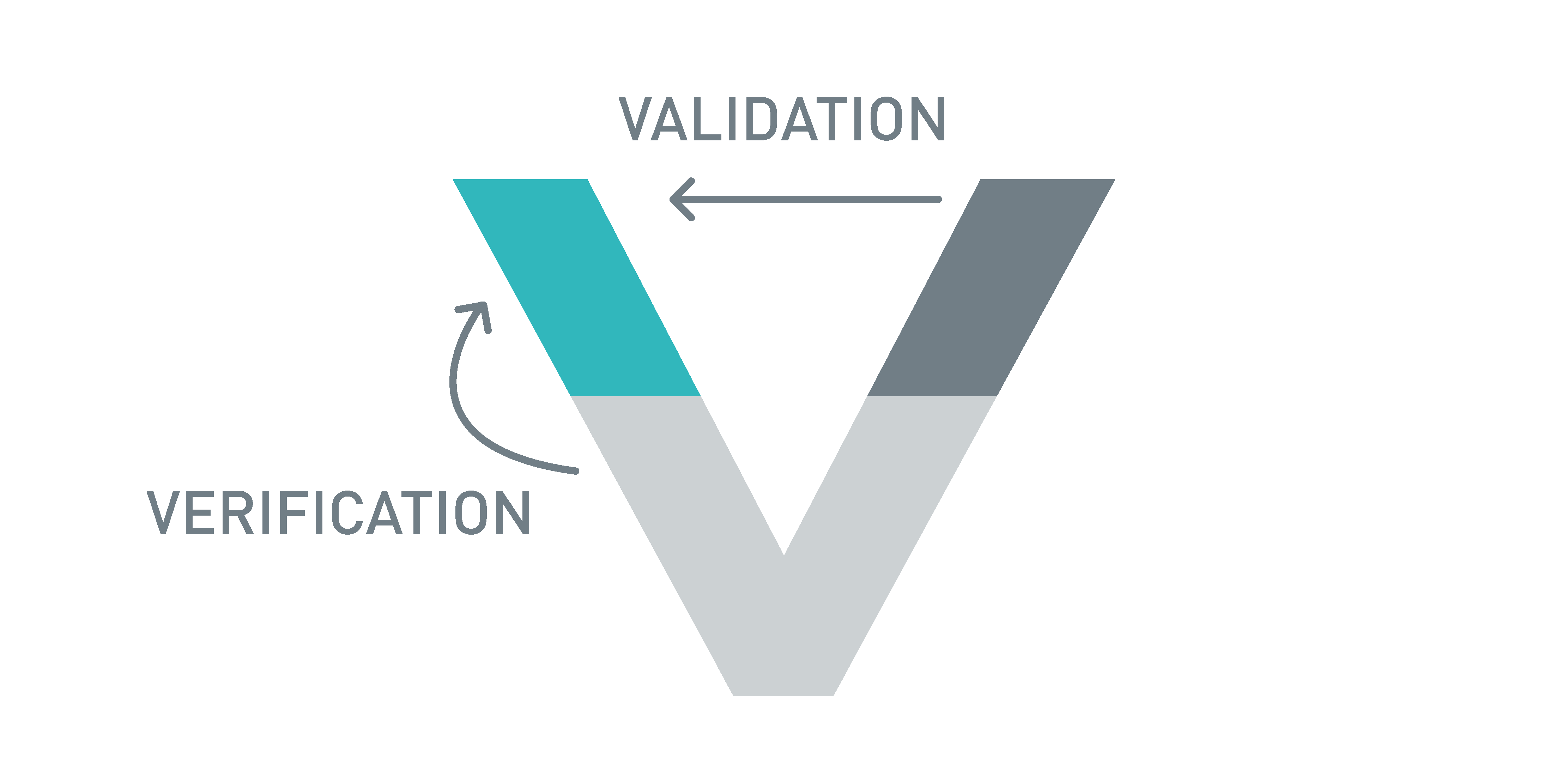
Verification &
Validation
From a control perspective, verification and validation are concerned with evaluating specified margins of performance, robustness, and stability at different stages of system development. We develop methods and tools which efficiently assess these margins by employing stochastic as well as sample- and search-based approaches. With this, we facilitate automatic verification of control requirements for practical systems of almost arbitrary complexity (including black box systems) even under uncertain operating conditions. Furthermore, we develop easy-to-use workflows for model-based design and rapid prototyping, which enable automation of V&V tasks for control and automation systems using MiL, SiL, and HiL techniques.
Linked Solutions
Research Groups Involved



